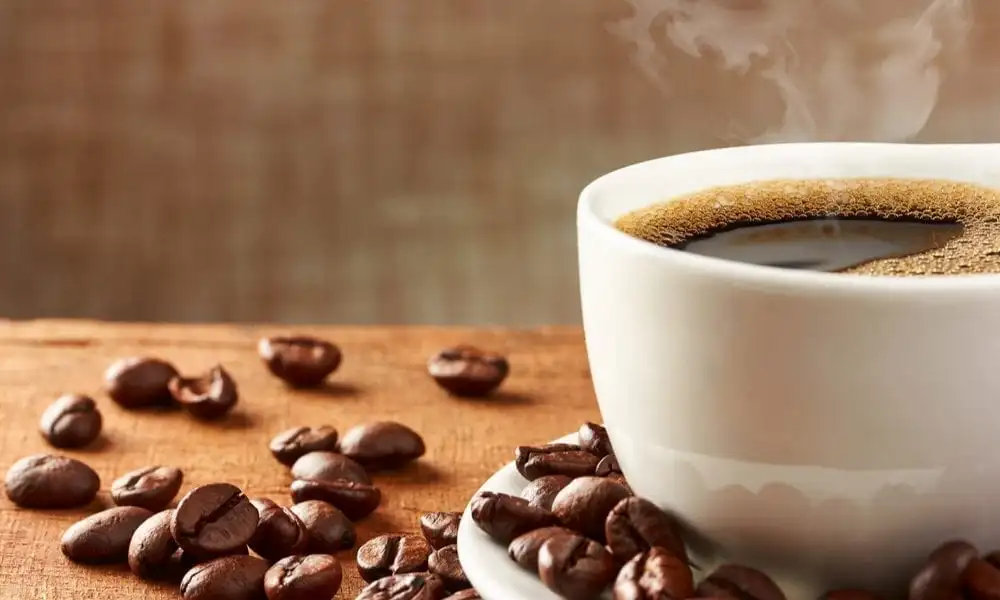Whiskey is a beloved spirit that comes in many different varieties and styles, each with its own unique flavor and character. Two of the most popular types of whiskey are Bourbon and Scotch, both of which have their own distinct history, production process, legal requirements, and flavor profile. One exceptional brand of Bourbon whiskey is Blanton’s Full Set, which includes eight different expressions of this delectable spirit. In this blog article, we’ll go into great length about the distinctions between Bourbon and Scotch, discussing everything from their histories and production methods to their flavors and serving suggestions.

History and Origin
The origins and histories of bourbon and scotch are significantly dissimilar. In contrast to Scotch, which hails from Scotland and has been made there since the early 16th century, Bourbon is an American whiskey variety that was first manufactured in Kentucky in the late 18th century.
It was initially made in Bourbon County, Kentucky, from whence bourbon derives its name. Although its precise ancestry is unknown, Bourbon is said to have developed from the distillation of corn-based spirits by early American immigrants. Bourbon manufacturing expanded across the nation as its popularity grew over time. If you’re looking for a delicious example of Bourbon, you might consider trying a case of Buffalo Trace, which is a well-regarded brand of this type of whiskey.
Contrarily, the history of Scotch in Scotland is one of great length and legend. It is thought that monks in the middle ages originally manufactured it by distilling malted barley to make a strong spirit. Scotch manufacturing improved over time as various Scottish areas created their own distinctive tastes and styles.
Production Process
One of the major elements that greatly influence each type of whiskey’s unique flavor profile is the production method, which differs greatly between Scotch and Bourbon. Consider sampling the Old Van Winkle 10 year, a renowned brand of bourbon, if you’re interested in attempting a wonderful sample. At least 51% of the ingredients in bourbon must be maize; the remainder may be rye, wheat, or barley. The grains are blended, let to ferment, and then distilled to produce a clear, high-proof alcohol. The following step involves aging this spirit for at least two years in fresh, charred oak barrels (though many Bourbons are aged for much longer than this). Bourbon’s characteristic aromas and the color of caramel are a result of the maturing process.
Scotch, on the other hand, must be made from malted barley or a mixture of malted barley and other grains. The grains are mashed and fermented and then distilled twice in copper pot stills. The resulting spirit is aged in oak barrels for at least three years (though many Scotches are aged for much longer than this). The aging process gives Scotch its distinctive peaty, smoky flavor, along with notes of honey, fruit, and spice.
Legal Requirements
Both Bourbon and Scotch are subject to strict legal requirements that dictate how they can be labeled and classified. In the United States, Bourbon must be made from at least 51% corn and aged in new, charred oak barrels. It cannot be distilled to more than 80% alcohol by volume (ABV) and must be bottled at no less than 40% ABV. To be labeled as “Straight Bourbon,” the whiskey must be aged for at least two years.
There are several varieties of Scotch available in Scotland, each with distinctive qualities and flavor profiles. The Johnnie Walker Collection, which offers a variety of premium blended Scotch whiskies, is one of the greatest examples of Scotch you might wish to investigate. The whiskey must be distilled and matured in Scotland for a minimum of three years in order to be called “Scotch.” While blended Scotch can be produced using a combination of malted barley and other grains, single malt Scotch must be prepared entirely from malted barley and distilled in pot stills. Expert blenders painstakingly blend various malt and grain whiskies to produce blended Scotch whiskies, like those in the Johnnie Walker Collection, that has a distinct flavor.
Flavor Profile
Due to their distinctive production methods and the various types of grains utilized, bourbon and scotch have quite varied flavor profiles.
The flavor profile of bourbon is renowned for being sweet, rich, and complex. The mash has a characteristic sweetness from the high maize content, while the charred oak barrels provide aromas of caramel, vanilla, and spice. Different varieties of bourbon can have distinctly different flavor profiles, with some focusing more on sweetness and others on spice.
On the other hand, Scotch is renowned for its rich, peaty, and smokey taste character. Its distinctive nutty, cereal-like flavor comes from the use of malted barley, and the aging process in oak barrels adds hints of smoke, peat, and earthy characteristics. Different parts of Scotland make Scotches with distinctive taste characteristics; some place more emphasis on smokiness, while others put more emphasis on fruitiness or spice.
Drinking and Pairing Recommendations
Both Bourbon and Scotch are great on their own, but they can also be paired with different foods, desserts, or other beverages to enhance their flavor profile. Here are a few recommendations for how to enjoy and pair Bourbon and Scotch:
Bourbon: Bourbon pairs well with hearty, savory foods like barbecue, grilled meats, and rich stews. It also goes well with desserts that have caramel, chocolate, or vanilla flavors. Try pairing Bourbon with a slice of apple pie or a dark chocolate truffle.
Scotch: Scotch pairs well with bold, smoky flavors like smoked salmon, grilled meats, and aged cheeses. It also goes well with desserts that have fruit or spice flavors. Try pairing Scotch with a slice of fruitcake or a spiced apple tart.
When drinking Bourbon or Scotch, it’s important to savor the flavor and aroma. Take your time to smell the whiskey and let it sit on your tongue for a few moments before swallowing. Drinking whiskey is all about the experience, so take your time and enjoy it.
Conclusion
Two of the most widely consumed whiskeys worldwide are bourbon and scotch, each of which has a distinctive history, production method, legal specifications, and flavor character. It doesn’t matter whether you enjoy the peaty, smokey flavor of Scotch or the sweet, nuanced flavor of Bourbon; the appeal of a fine glass of whiskey cannot be denied. You may develop into a more aware and discriminating whiskey aficionado and better appreciate the distinctive attributes of each type of whiskey by being familiar with the distinctions between these two widely consumed whiskeys.







